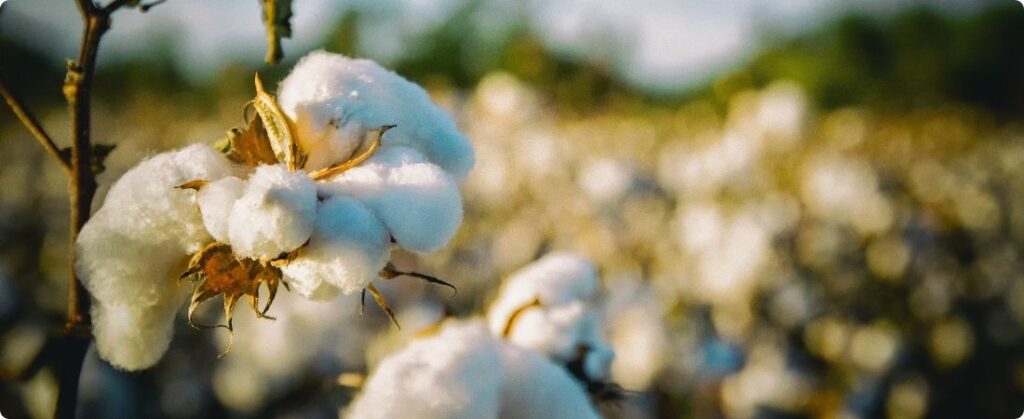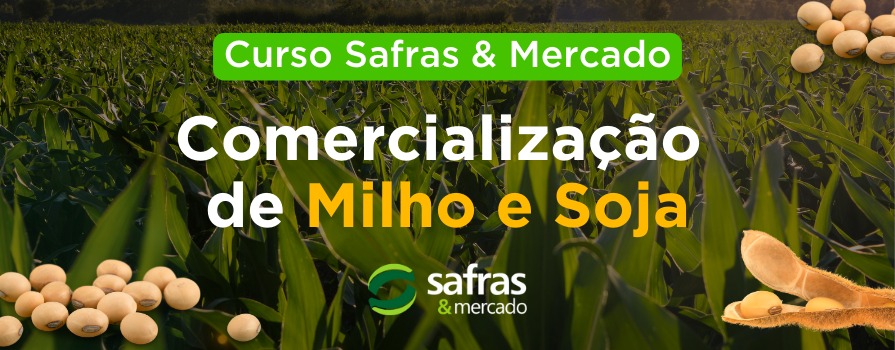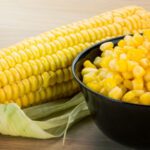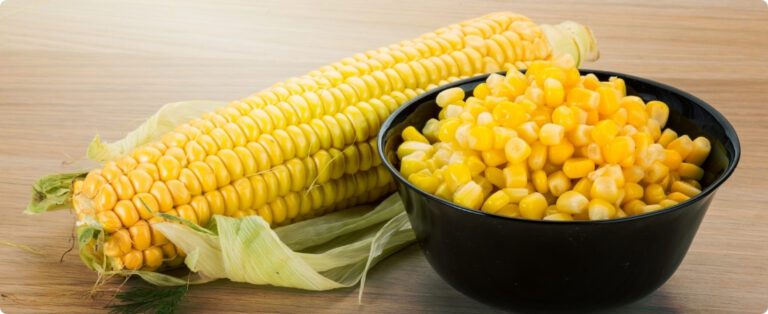
The first estimates for the harvest of cotton 2024/2025, released by the Sector Chamber of the Cotton and Derivatives Production Chain, linked to the Ministry of Agriculture and Livestock (Mapa), were presented this Wednesday (18) during the 76th meeting of the forum, chaired by the Brazilian Association of Cotton Producers (Abrapa). The planted area in Brazil is expected to grow 7.4% in relation to the 2023/2024 cycle, reaching 2.14 million hectares.
Given the current scenario, and with a projected productivity of 1,859 kilos of processed cotton per hectare (growth of 0.6%), national production could reach 3.97 million tons, representing a growth of approximately 8%.
The figures presented are more optimistic than those released by the National Supply Company (Conab) the previous day, which predicted a production of 3.68 million tons of cotton in an area of 2 million hectares, with a productivity of 1,831 kilos per hectare. The Sector Chamber meeting took place virtually and was attended by various segments of the value chain, including industries and exporters.
2023/2024 harvest data
During the meeting, data from the 2023/2024 harvest were also consolidated. In the fifth survey of the period, Brazil recorded a total area of 1.99 million hectares, with a production of 3.68 million tons of cotton lint and productivity of 1,848 kilos per hectare, practically unchanged in relation to the June 2024 survey.
Mato Grosso leads production with 2.67 million tons harvested on 1.47 million hectares. Bahia comes next, with 679.8 thousand tons on 345.4 thousand hectares. Mato Grosso do Sul produced 66.6 thousand tons on an area of 32 thousand hectares.
Challenges and recommendations
Alexandre Schenkel, president of Abrapa and the Sector Chamber, commented that projections for the 2024/2025 harvest are still preliminary. “Productivity will depend mainly on weather conditions, over which we have no control. Given the current market, we recommend that producers optimize their costs and increase productivity to compensate for less attractive prices,” said Schenkel.
Global leadership in exports
Miguel Faus, president of the National Association of Cotton Exporters (Anea), said that expectations for the next cycle indicate that Brazil will maintain its position as the largest global exporter, surpassing the United States in export volume. However, the international cotton market has seen price fluctuations, ranging between 68 and 72 cents per pound, due to weak global demand.
“The global cotton supply, driven by large harvests in Brazil, the US and Australia, contrasts with a moderate demand, especially due to the reduction in imports from China, which currently absorbs only 20% of Brazilian exports, compared to 50% in the previous cycle”, explained Faus.
Textile industry performance in 2024
From January to July 2024, textile production in Brazil grew by 3.6%, while the clothing sector registered an increase of 1.3%. However, over 12 months, clothing still shows a drop of 1.4%. Clothing imports grew by 12.9% from January/August, while textile exports fell by 9.5%, impacted by the economic crisis in Argentina, Brazil's main market.
Oliver Tan Oh, representative of the Brazilian Textile and Apparel Industry Association (Abit), highlighted the recovery of clothing retail, which is expected to reach growth of 1.1% by the end of 2024, driven by business confidence and expectations of GDP growth.
Logistics alternatives for export
During the meeting, Luiz Antonio Pagot, a consultant for Abrapa, presented a study on alternative logistics options for the Port of Santos for cotton exports. According to the consultant, ports such as Itajaí, Itaguaí and Salvador are being evaluated as viable options for reducing costs and improving logistics efficiency.
The Port of Salvador emerges as a promising alternative, reducing transportation costs from R$1,700 to R$900 per container. “Salvador offers good infrastructure, specialized warehouses and a direct line to Asia, with competitive transit times and available empty containers,” said Pagot.
Source: Abrapa | Notícias Agrícolas












